(Courtalain, 1795 - Mareil-Marly, 1881)
View of Châteaudun
Oil on canvas
H. 65 cm; W. 98 cm
Signed and dated lower center 1860
François-Edme Ricois although born in Courtalain in Eure et Loir, spent all his childhood in Châteaudun where his parents ran a rouennerie business. Following very basic studies at the elementary school in the city, his family placed him around thirteen in a notarial office. The experience is not happy: while copying his roles, the young clerk decides to illustrate them with flowers, animals and figures. The lawyer considers that the drawing on stamped paper cost him a little dear and with great regret, he returned the young Ricois to his parents. Fortunately, they had known the Duke of Montmorency, lord of Courtalain for a long time, who took an interest in the young man and directed him to the studio of a renowned artist of his acquaintances, the painter Gros. But the budding artist was more drawn to the landscape than to history painting; also on March 2, 1816, he entered the École des Beaux-Arts and became a pupil of Girodet, Charles Bourgeois and above all Jean-Victor Bertin, himself master of Corot, from whom he was nourished by the principles of neo -classicism, and applied them throughout his life with intelligent flexibility in his views of town, port and castle which remain precise and poetic testimonies of the French province in the last century. To the advice of his masters, Ricois added personal outdoor work, traveling all over France and even Switzerland. He began at the Salon in 1819 and participated in it throughout his life, his last shipment dating from 1880, a few months before his death. He was awarded a second class medal in 1824. This success put him in vogue and from then on, he never ceased to take part in Parisian salons and various provincial exhibitions, notably in Douai, Lille, Toulouse and Cambrai, where he was still a medalist. He would undoubtedly have known the highest honors of his career, if a cruel mourning, the death of his young wife, Marie Constance Denin, which occurred after four years of marriage, had not turned his life upside down. Having become neurasthenic, he settled in Nantes, founded a mixed workshop there, and trained many students for many years. But the demon of his freedom quickly took him back, and from 1834 he devoted himself to the study of the castles of the Loire. Not ceasing to travel to the four corners of France, the painter left a considerable documentary work of which it would be difficult to establish the catalog; locally, he reproduced the main châteaux of Eure-et-Loir: Châteaudun, Courtalain, Maintenon, Montigny-le-Gannelon, with a predilection for sites in the south of the department. His technique is diverse: the landscapes are treated with oil, watercolor, wash, and he will also devote himself to fixed on glass, a process in vogue in the 19th century. It was in Mareil-Marly, near Saint-Germain-en-Laye where he had acquired a property, that Ricois spent the last part of his life. The surroundings of Saint-Germain provided him with material for a very large number of paintings. But to repeat himself, the artist soon lost his originality and his charm ... Having reached an advanced age, at 77, he nevertheless still obtained bronze medals at the international exhibition in London in 1875. This was the last burst of its flame. He lived a few more years, but his weakened eyesight forced him to give up the last sketches he was still making. From his union was born a daughter on December 2, 1830 named Marie-Octavie Ricois who was herself a painter and drawing teacher.
Source: - C. Léger: "Artistes dunois (XIXè - XXè centuries)", year 2005, pp 4/5
About the castle of Châteaudun: Of a spectacular scale, the castle of Châteaudun saw its construction spread over four centuries . From the end of the 12th century, Thibaud V, Count of Blois, built the keep still visible today and the last vestige of the medieval castle. Two centuries later, the Château de Châteaudun became the property of Jean d'Orléans, Joan of Arc's favorite companion. Between 1450 and 1468, he had the Dunois wing built, a two-storey main building whose layout reflects the need for comfort that followed the Hundred Years War. He also built a Gothic Holy Chapel adjoining the keep, designed to keep the relics of Christ. Construction work was completed in the 16th century with the construction of a second wing facing the Loir, the so-called “Longueville” wing, named after the family who had it built. The profound originality of the Château de Châteaudun comes from the fact that the Middle Ages gradually disappeared there in favor of the Renaissance while making the two styles perfectly coexist.






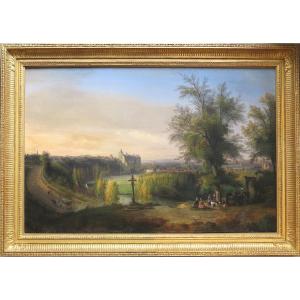




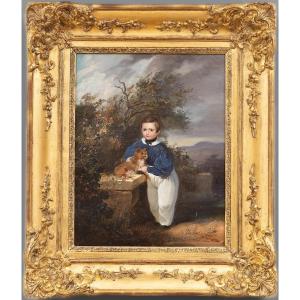
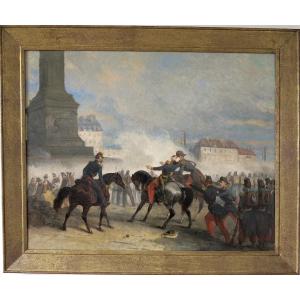
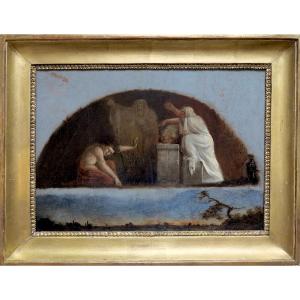

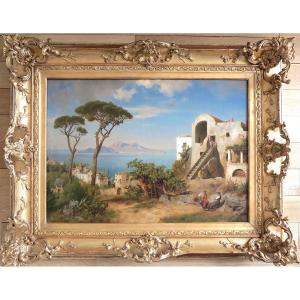
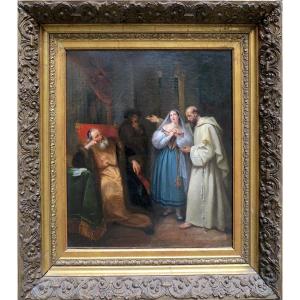


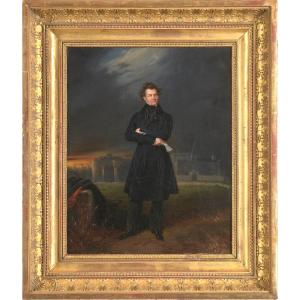
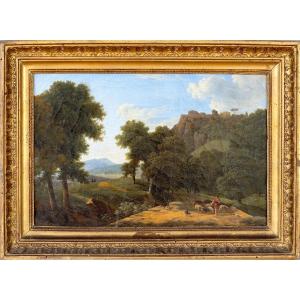

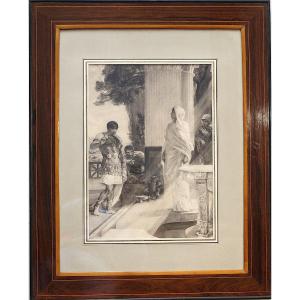

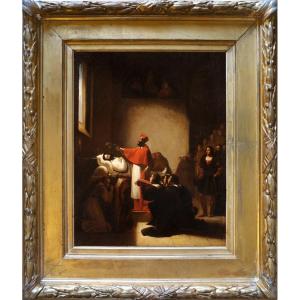
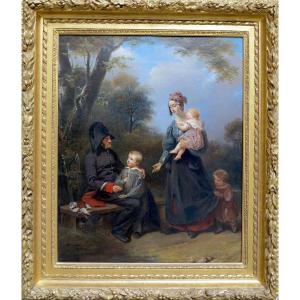

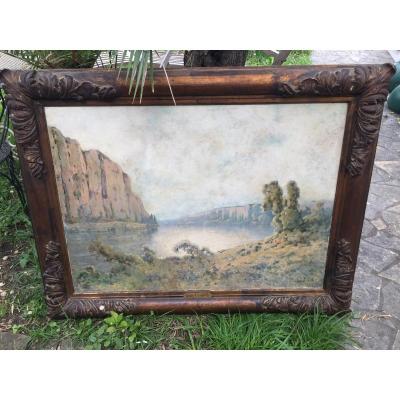






 Le Magazine de PROANTIC
Le Magazine de PROANTIC TRÉSORS Magazine
TRÉSORS Magazine Rivista Artiquariato
Rivista Artiquariato